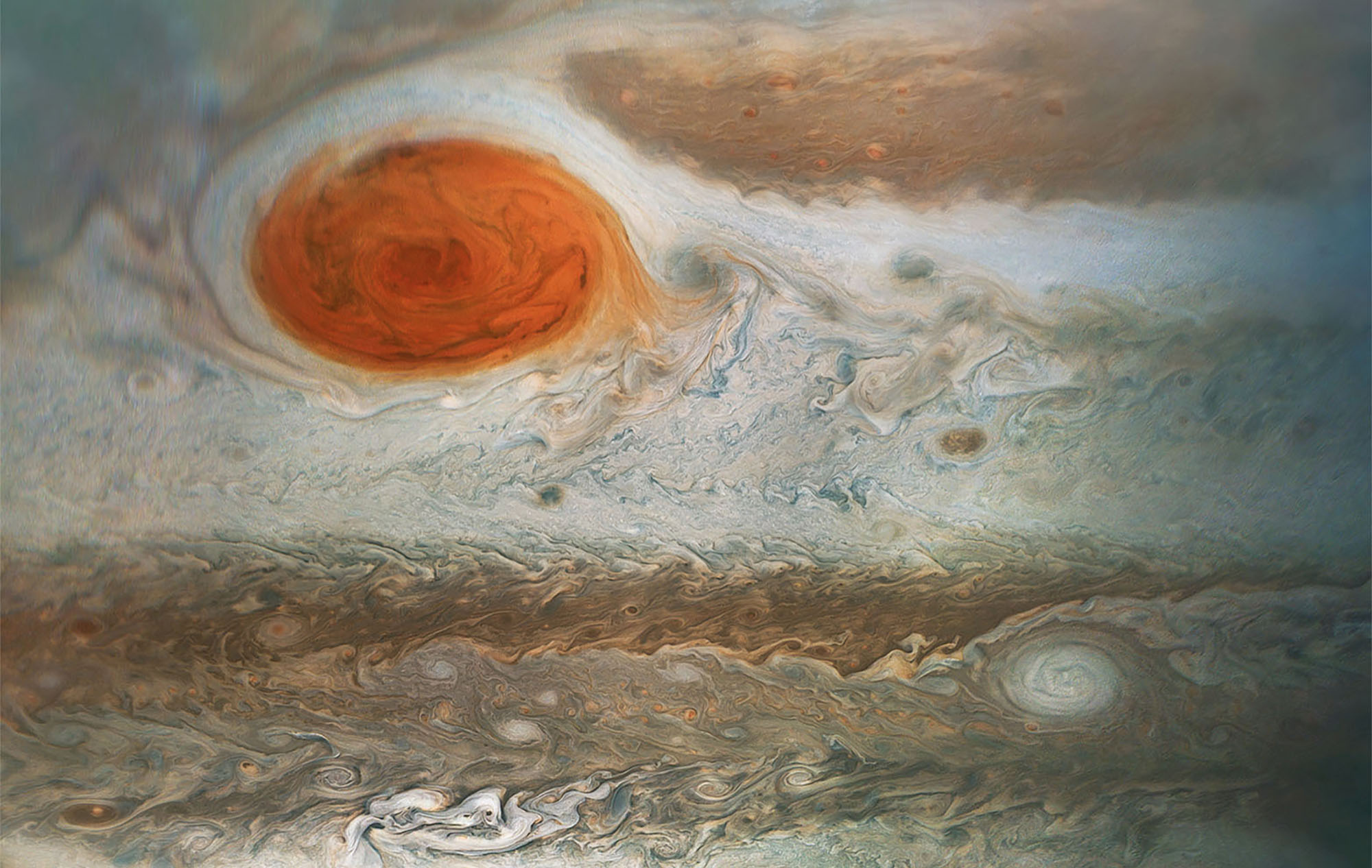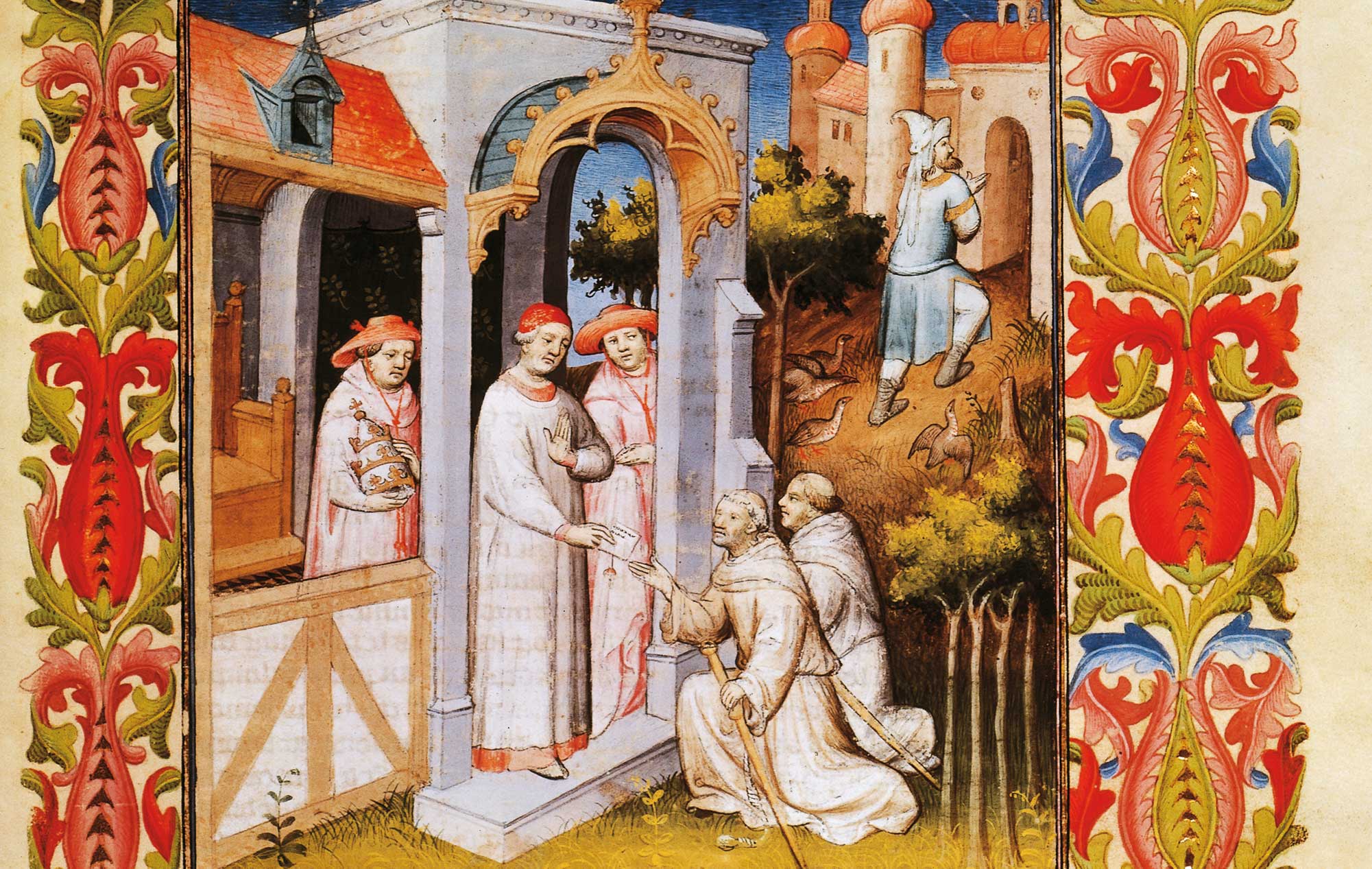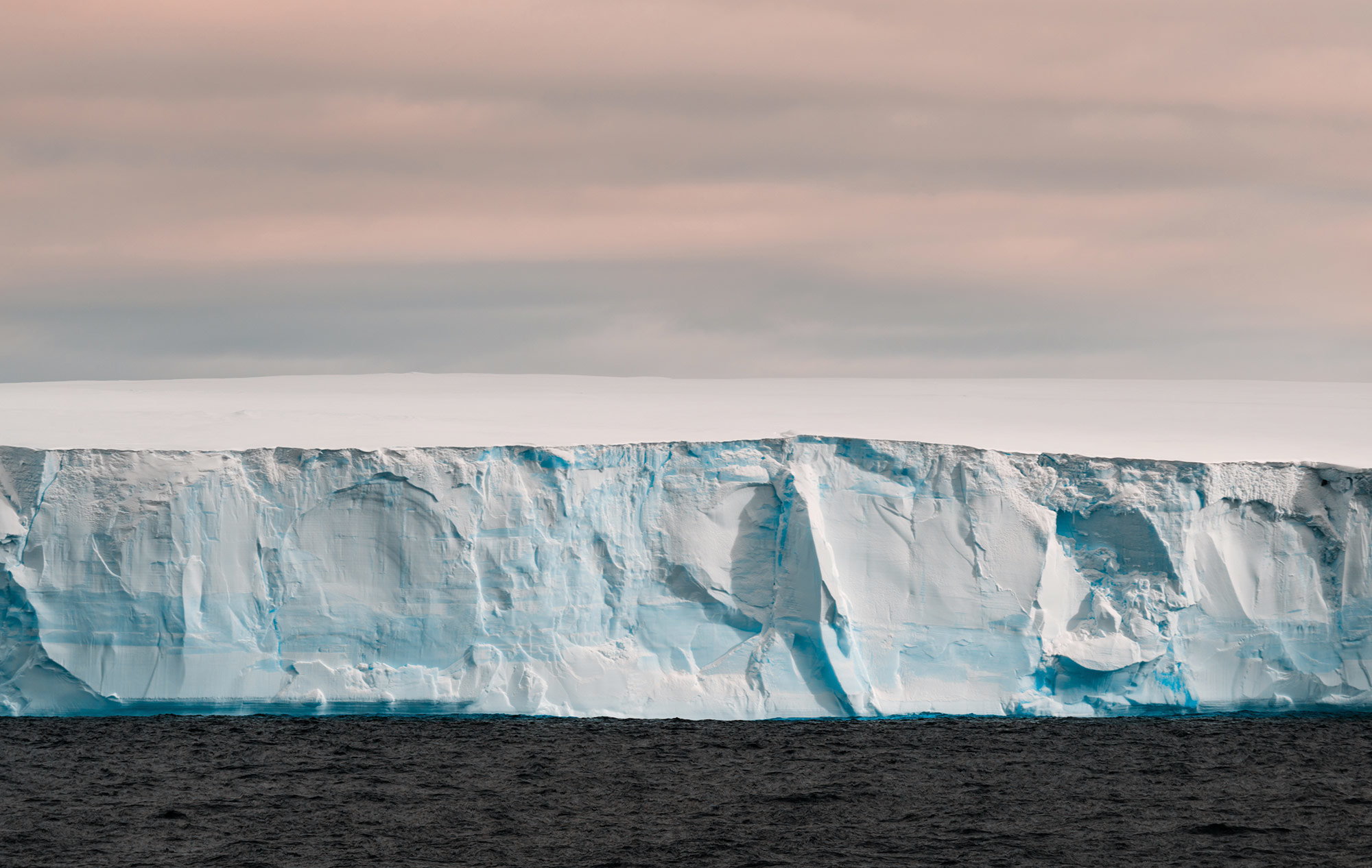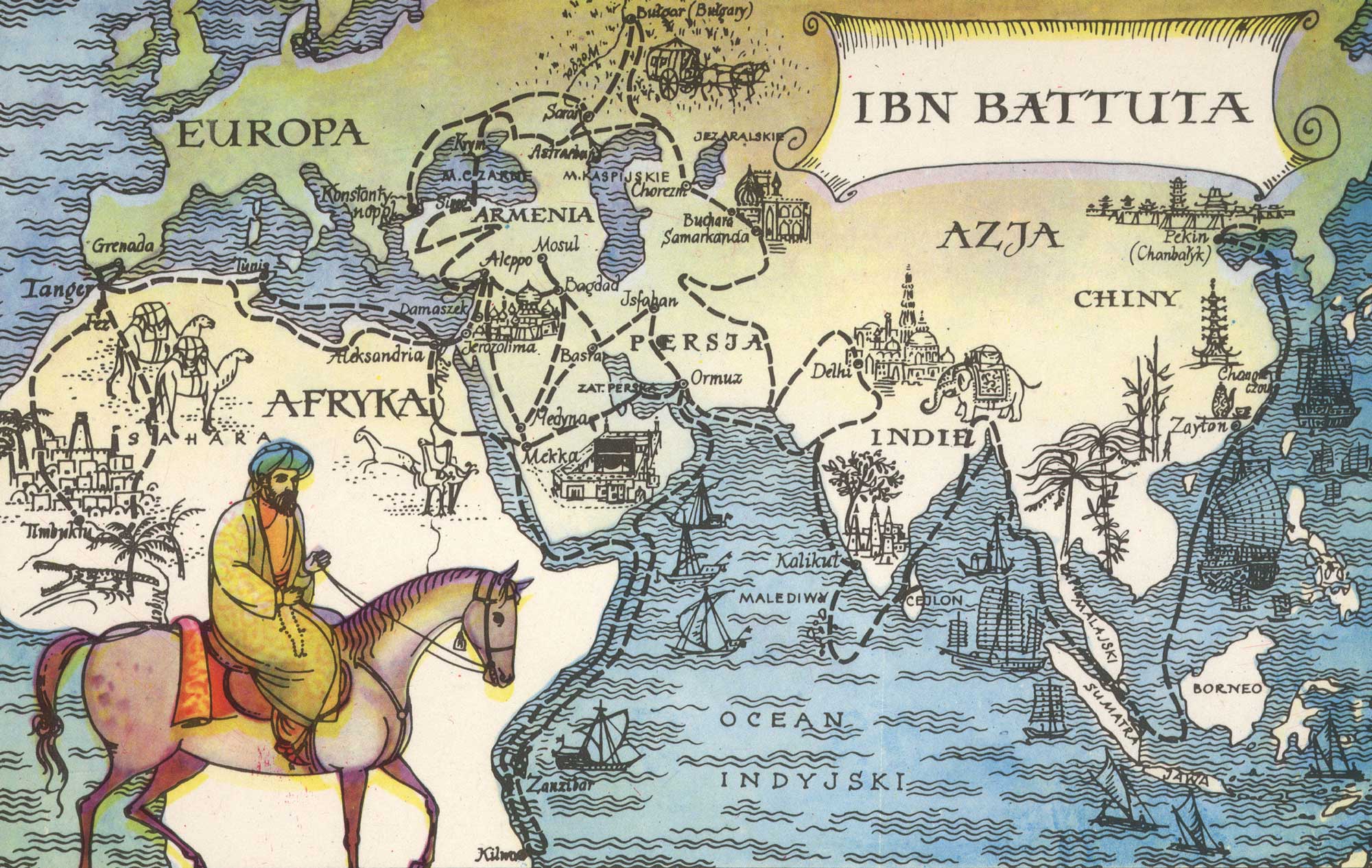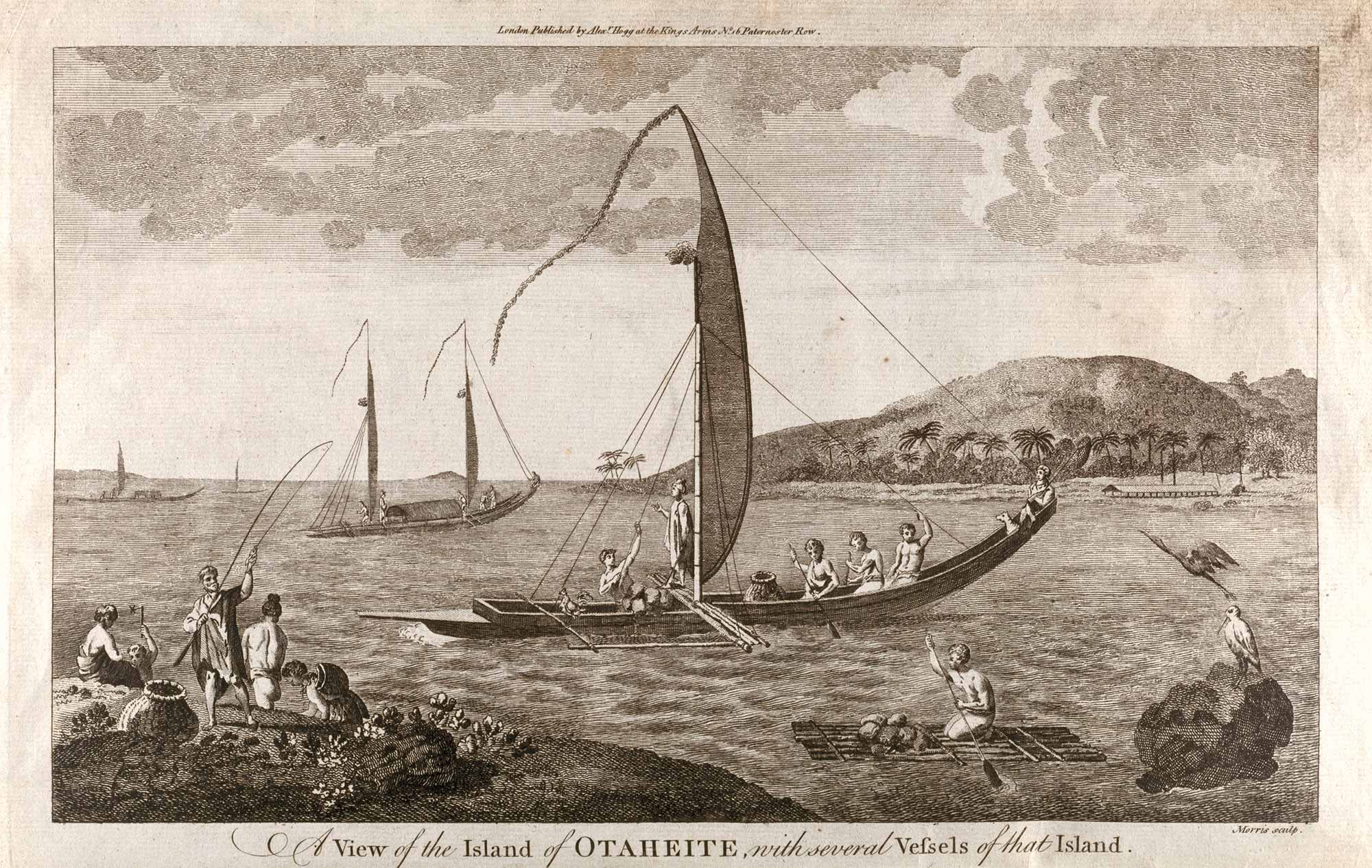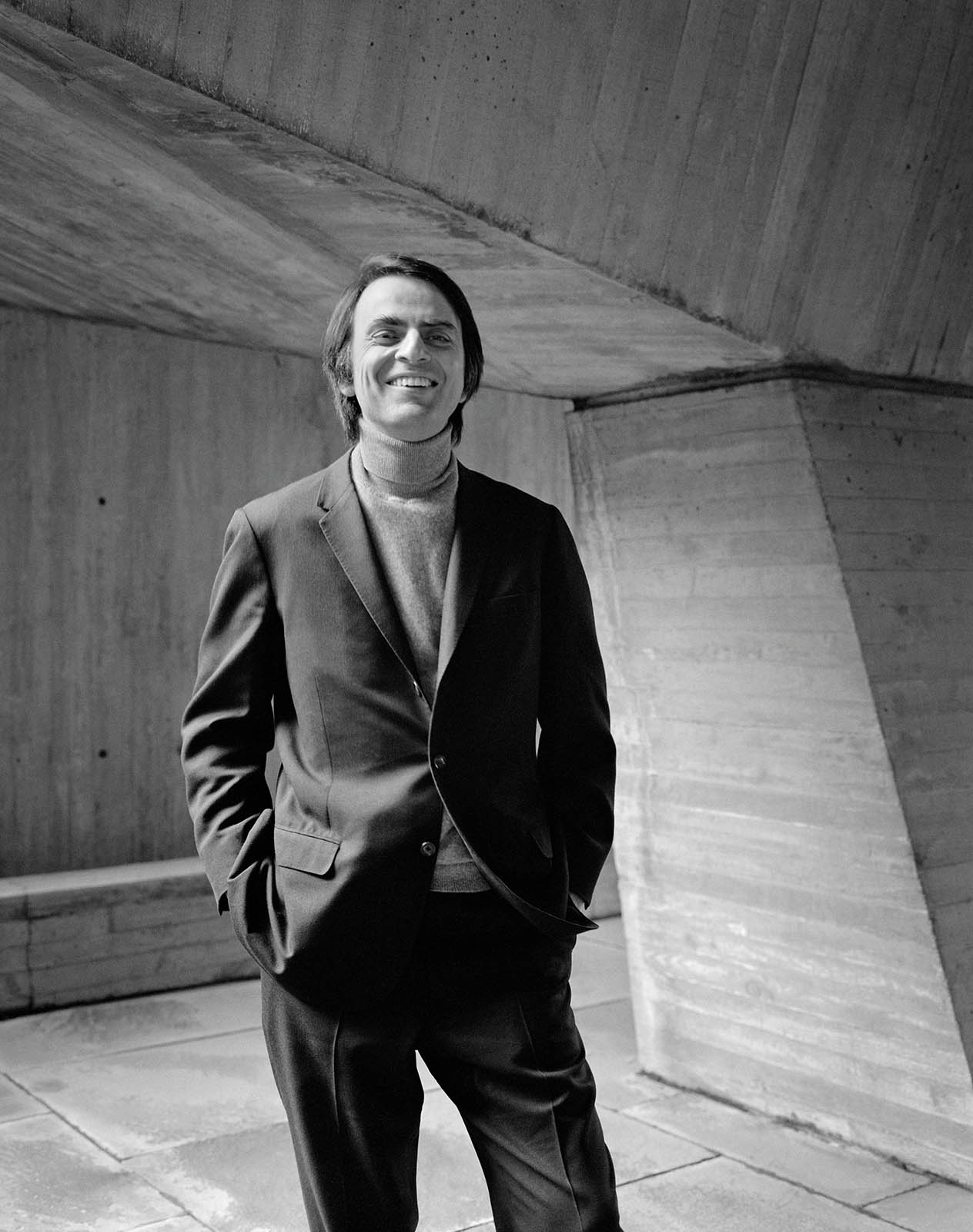
Carl Sagan was an American astronomer and cosmologist. He was not only a great populariser of science: he also helped us appreciate the wonders of our own planet while mentally venturing far beyond it. ‘Exploration is in our nature,’ he said. ‘We began as wanderers, and we are wanderers still.’
Sagan was born in Brooklyn in 1934, and his interest in astronomy was apparent from an early age. A trip to the World’s Fair in New York when he was four became the defining moment of his life. There, he saw a time capsule being buried, which later inspired him to send Nasa’s two Voyager spacecraft
off with their own time capsules. (Voyager 2 is still travelling to Sirius, the brightest star visible in the night sky, and is scheduled to arrive in 296,000 years.)
He saw too much potential in the cosmos beyond to be confined to a single planet. He writes in The Cosmic Connection: ‘There is a place with four suns in the sky – red, white, blue and yellow; two of them are so close together that they touch, and star-stuff flows between them. I know of a world with a million moons. The universe is vast and awesome, and for the first time we are becoming a part of it.’
For Sagan, travel was less a physical act and more a lifelong pursuit of his curiosity about the universe.
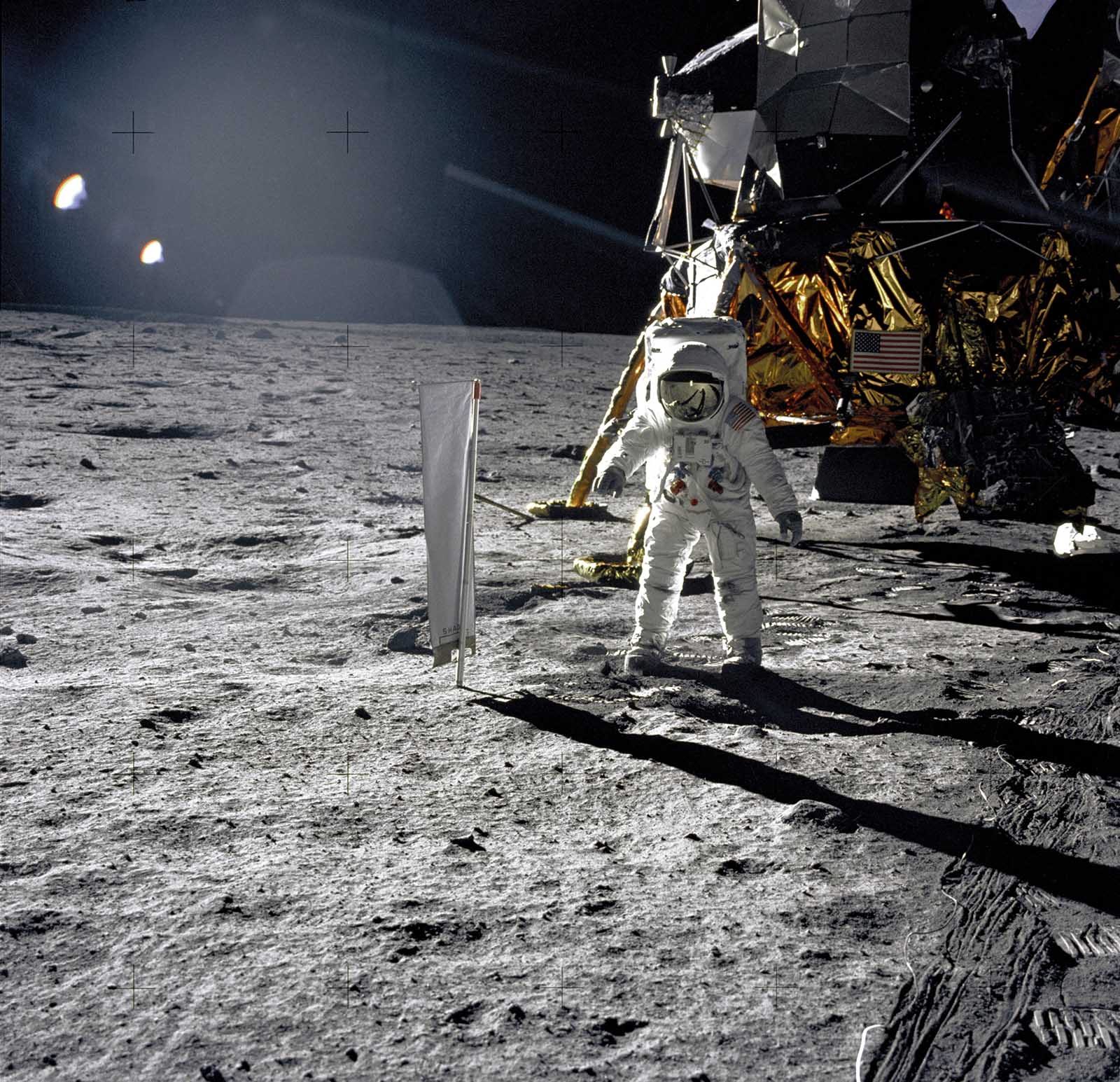
Though it still remains out of reach, he’d want to travel to Jupiter’s Great Red Spot, a swirling oval storm twice the width of Earth. The next stop would be Mars’ Olympus Mons, the largest volcano in the solar system. This vast mountain measures 624 kilometres across and rises almost 22 kilometres above the Tharsis plains, almost two and a half times the height of Everest. And no trip with Sagan would be complete without visiting the Apollo 11 landing site at the Sea of Tranquillity, where, in 1969, Neil Armstrong and Buzz Aldrin became the first people to set foot on the Moon.
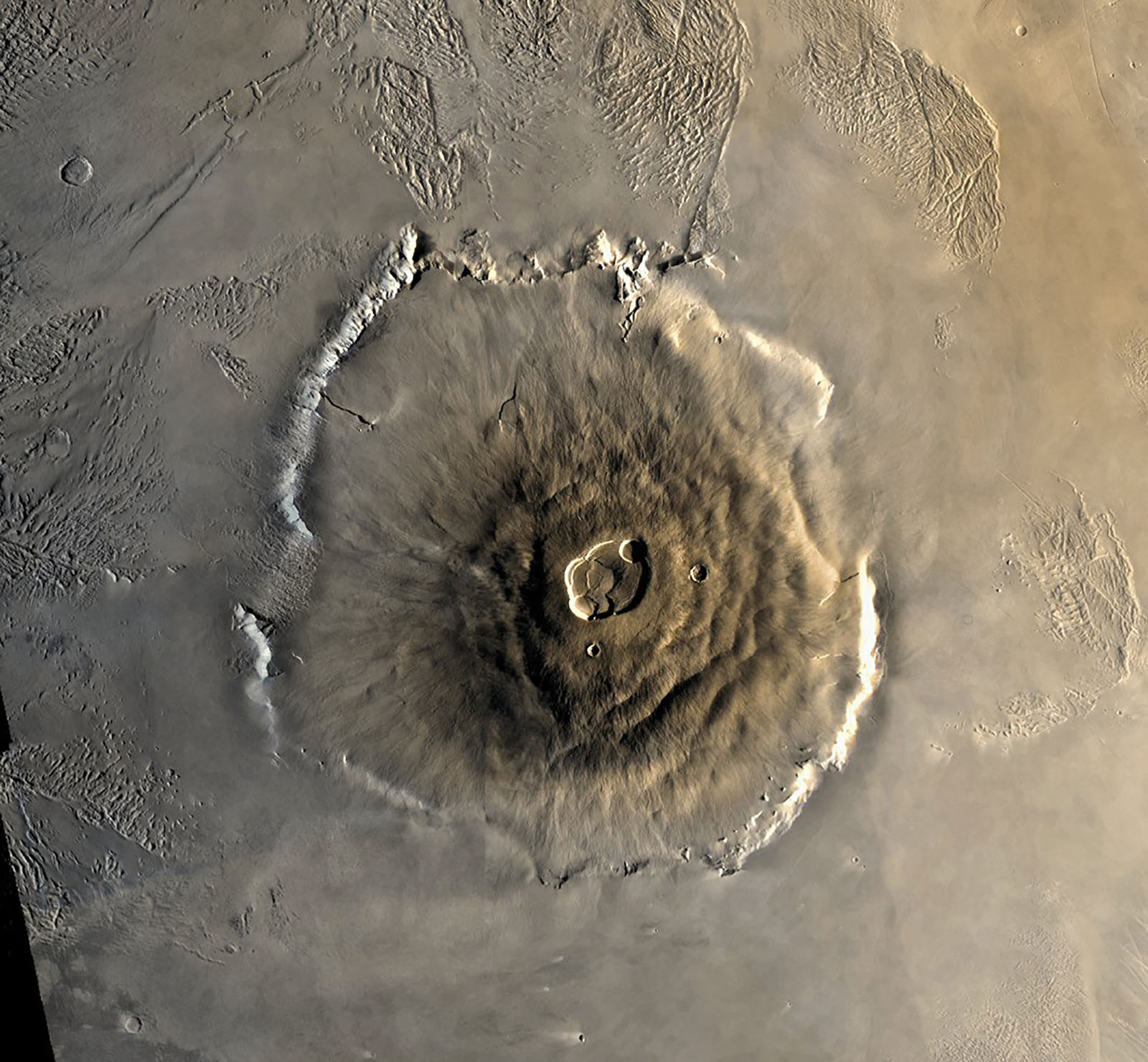
We can but dream. But part of Sagan’s legacy is the way once dry and dusty museums and labs have been transformed into places of wonder and exploration.
Back on Earth, our Sagan tour starts at the Hayden Planetarium in the American Museum of Natural History in New York City, which first sparked his passion for astronomy; then continues to the Yerkes Observatory in Wisconsin, where Sagan did research during his time at University of Chicago; and the Arecibo Observatory in Puerto Rico, where Sagan spent most of his teaching career.
Sagan never made it to Europe. But the stargazer would have loved the Gornergrat Kulm Hotel, on Switzerland’s Gornergrat ridge, 3,120 metres above sea level. The two towers of the adjoining observatory contain the Kosma telescope and the Gornergrat infrared telescope, giving views of the stars that were Sagan’s passion throughout his life.
The astronomer passed away in 1996 when widespread space travel was still very much a distant dream.
In Cosmos, he writes: ‘We have lingered long enough on the shores of the cosmic ocean. We are ready at last to set sail for the stars.’




